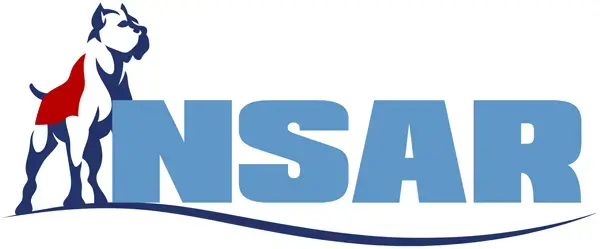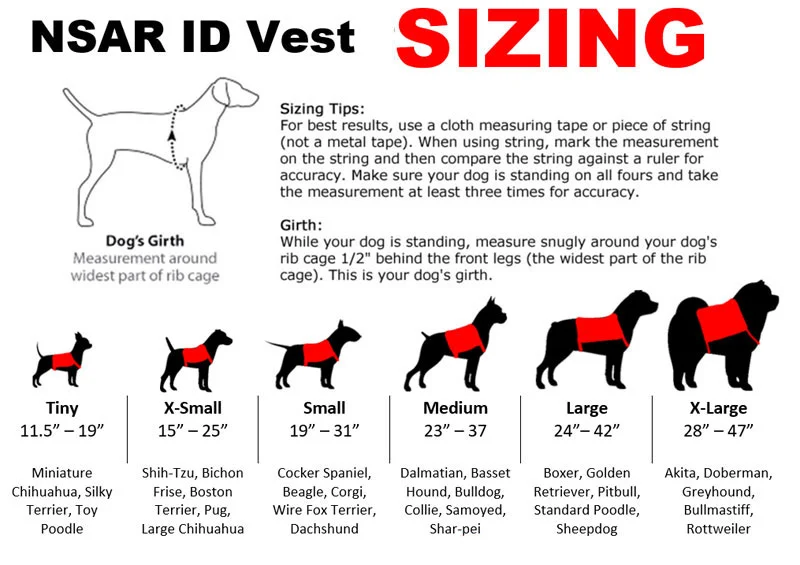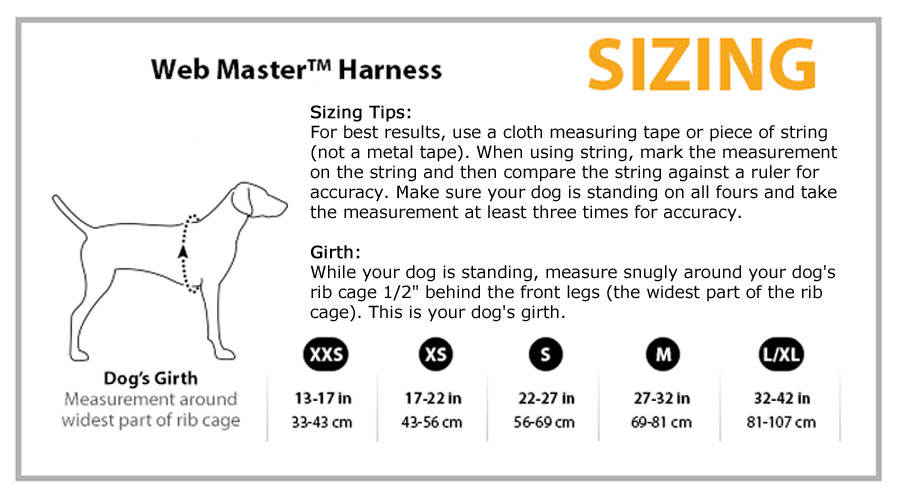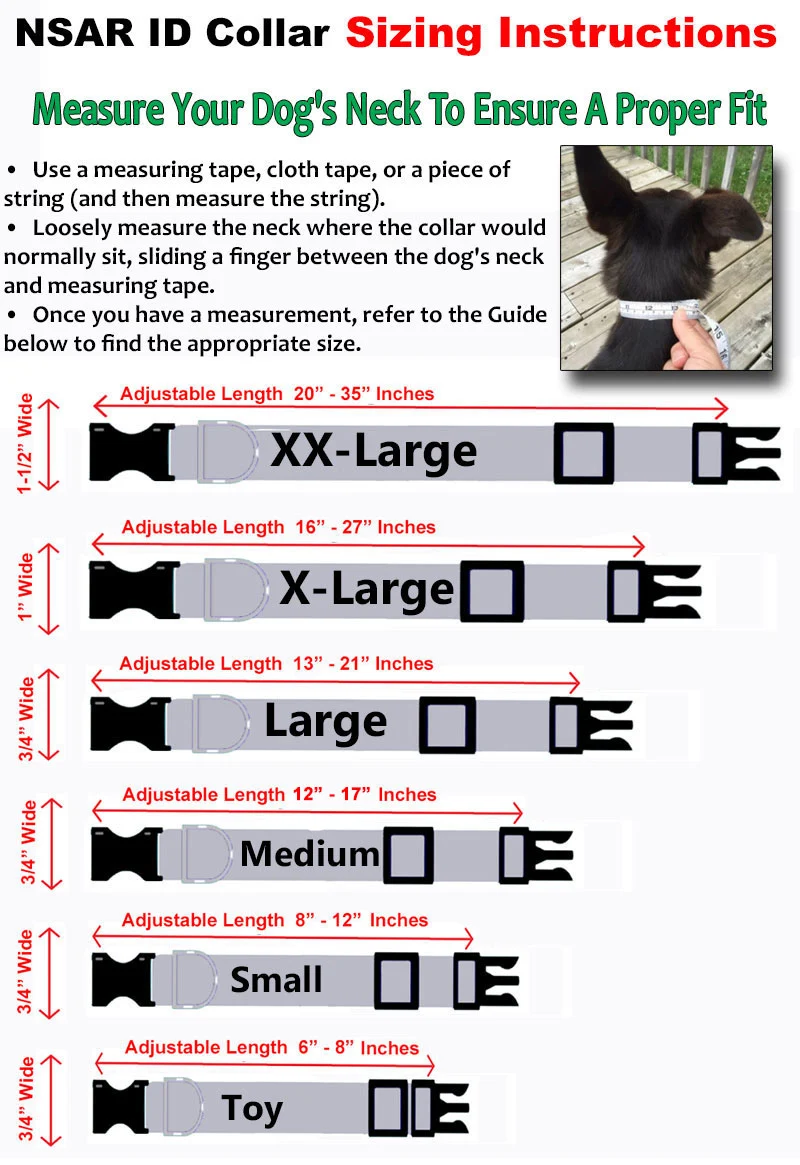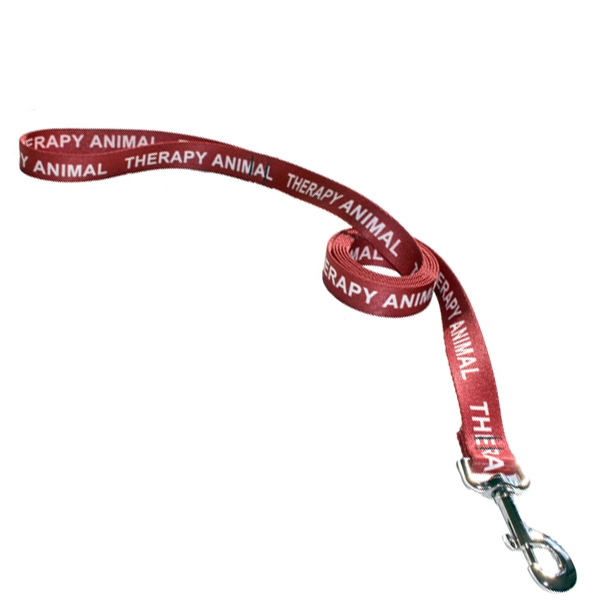
Golden Retrievers are one of the most beloved and versatile dog breeds, known for their friendly temperament, intelligence, and loyalty. Originating in Scotland in the late 19th century, they were bred by Dudley Marjoribanks, also known as Lord Tweedmouth, to retrieve waterfowl in the Scottish Highlands. These dogs are part of the Sporting Group and have evolved into exceptional companions, therapy dogs, emotional support animals (ESAs), service dogs and working dogs due to their versatility.
Key Characteristics of Golden Retrievers
Golden Retrievers are medium to large-sized dogs with a dense, water-repellent coat that ranges from golden to cream in color. Their signature feature is their gentle temperament. They are affectionate, easygoing, and highly trainable, making them excellent family pets. They typically weigh between 55-75 pounds and stand 21-24 inches tall at the shoulder.
History of the Golden Retriever
Bred in the Scottish Highlands, Golden Retrievers were developed to have a soft mouth to retrieve game without damaging it. Lord Tweedmouth’s breeding focused on crossing Yellow Retrievers with Tweed Water Spaniels and later introducing Bloodhounds, Irish Setters, and more. They were recognized as a distinct breed by the AKC in 1925 and have remained popular ever since due to their hunting ability and friendly nature.
Common Health Issues of Golden Retrievers
Golden Retrievers are generally healthy, but they are prone to certain health issues, including:
- Hip Dysplasia: A genetic condition where the thigh bone doesn’t fit snugly into the hip joint.
- Elbow Dysplasia: Malformation of the elbow joint leading to arthritis.
- Cancer: Unfortunately, Golden Retrievers have a high rate of cancers like lymphoma.
- Heart Disease: Specifically subvalvular aortic stenosis (SAS).
- Allergies: Many Goldens experience skin allergies, which can lead to secondary infections.
Regular vet checkups and preventive care are essential for maintaining their health.
Grooming Needs of a Golden Retriever
Golden Retrievers require regular grooming due to their thick, double-layered coat, which sheds moderately year-round and heavily during shedding seasons. Brushing a Golden daily can help manage their shedding and keep their coat healthy. Regular bathing, ear cleaning, and nail trimming are also necessary to maintain good hygiene. Golden Retrievers can develop mats, particularly around their ears, chest, and tail, so a pin brush and comb are recommended to keep their coat smooth and free of debris. Their ears should be checked frequently to prevent infections, and their teeth should be brushed regularly for dental health.
Brushing
Golden Retrievers shed moderately year-round and heavily during spring and fall, when they “blow” their coat to prepare for the warmer or cooler weather. To manage shedding, they need to be brushed at least 2-3 times a week with a slicker brush or undercoat rake to remove loose fur, prevent matting, and reduce the amount of hair that ends up around the house. During shedding season, daily brushing is often recommended to keep their coat under control.
Brushing also distributes the skin’s natural oils, keeping their coat shiny and free of debris. Make sure to pay extra attention to areas prone to matting, such as behind the ears, under the legs, and around the neck.
Bathing
Golden Retrievers are active dogs and can get dirty quickly, especially if they enjoy outdoor activities. It’s generally recommended to bathe them once every 4-6 weeks, or more frequently if they get into something dirty. Their coat can trap dirt, moisture, and debris, so regular bathing with a high-quality dog shampoo is essential to keep their skin and coat clean.
Be careful not to over-bathe them, as this can strip their coat of natural oils, leading to dry skin.
Trimming
Though Golden Retrievers don’t need a full haircut like some breeds, they do benefit from light trimming, especially around the ears, paws, and tail. Trimming the hair between their paw pads helps keep them comfortable and prevents slipping. Some owners also opt for trimming the feathering on the tail and legs to keep it neat and prevent matting.
The ears should be checked and cleaned regularly to avoid infections, as Golden Retrievers are prone to ear issues due to their floppy ears, which trap moisture and debris. Weekly ear cleanings with a vet-approved cleaner can help reduce the risk of infections.
Nail Care
Their nails should be trimmed every 3-4 weeks, depending on how quickly they grow. If you can hear your Golden’s nails clicking on hard floors, it’s time for a trim. Long nails can cause discomfort and affect the dog’s posture and gait, so keeping them short is crucial.
Dental Care
Dental hygiene is just as important for Golden Retrievers as it is for any other dog. Daily brushing of their teeth helps prevent plaque buildup, bad breath, and gum disease. Regular brushing combined with dental chews can keep their teeth healthy between professional cleanings.
Coat Care Products
For Goldens, products like deshedding tools, dog-friendly shampoos, and conditioners that help maintain the coat’s shine and texture are useful. Avoid human products, as they can irritate your dog’s skin due to their differing pH levels.
Seasonal Grooming
In addition to their year-round grooming routine, Golden Retrievers need extra attention during the spring and fall, when they shed heavily. Regular de-shedding treatments during this time can help minimize loose fur and reduce matting.
By maintaining a consistent grooming routine, you can ensure your Golden Retriever stays comfortable, healthy, and looking their best. Proper grooming not only keeps their coat shiny but also helps prevent health issues such as skin irritations and infections.
Exercise and Training Requirements for Golden Retrievers
Golden Retrievers are a high-energy, intelligent breed that requires consistent exercise and mental stimulation to stay healthy and happy. Like their cousin, the Labrador Retriever, they are natural athletes, originally bred to retrieve game, and they thrive in active households.
Daily Exercise Needs
Golden Retrievers need at least 1-2 hours of exercise daily to prevent boredom, which can lead to destructive behaviors such as chewing, digging, or excessive barking. This exercise should include a combination of:
- Walks or Runs: Taking your Golden for a brisk walk or run helps them burn off energy and keep their muscles strong. For those with active lifestyles, Goldens are excellent jogging companions.
- Swimming: Golden Retrievers are natural water lovers and thrive on opportunities to swim. This low-impact exercise is especially beneficial for their joints and provides a great way to cool off while expending energy.
- Playtime: Activities like fetch, tug-of-war, and chasing games are perfect for engaging your Golden. Fetch, in particular, taps into their natural retrieving instincts and can be a great way to bond while keeping them active.
- Interactive Games and Toys: Puzzle toys, agility training, and even simple hide-and-seek can challenge them mentally. Goldens love learning and performing tasks, so teaching them new tricks or commands can double as a form of mental exercise.
Interactive Games and Toys for Golden Retrievers

Training Requirements
Golden Retrievers are highly trainable thanks to their intelligence and eagerness to please. They excel in obedience training, agility courses, and even therapy and service work. Here are some tips for effectively training your Golden:
- Positive Reinforcement: Use treats, praise, and playtime as rewards during training. Golden Retrievers respond exceptionally well to positive reinforcement and are more likely to learn quickly in an encouraging environment.
- Consistency is Key: Training should be consistent and start early in their puppyhood. Basic commands such as “sit,” “stay,” and “come” can be taught as early as 8 weeks. As they grow, more advanced training, such as off-leash recall and agility work, can be introduced.
- Socialization: Early socialization with other dogs, people, and environments is essential to raising a well-adjusted Golden. Puppy classes and regular outings can help build their confidence and ensure they are comfortable around a variety of stimuli.
- Mental Stimulation: Training a Golden Retriever goes beyond just physical commands. They need mental challenges to stay sharp. Teaching them new commands, practicing obedience regularly, and even trying out canine sports like agility, dock diving, or scent work are great ways to keep their minds engaged.
Diet Tips for Golden Retrievers
Feeding a Golden Retriever a balanced, nutritious diet is crucial for their overall health and well-being. A well-rounded diet supports their energy levels, joint health, and coat condition.
High-Quality Dog Food
Golden Retrievers should be fed high-quality commercial dog food, whether it’s dry kibble, wet food, or a mix of both. Look for foods with real meat as the primary ingredient (such as chicken, beef, or fish), and avoid products with excessive fillers like corn or soy. Foods rich in omega fatty acids can help maintain their luxurious coat and skin health.
- Puppy Food: Golden Retriever puppies should be fed a diet specifically formulated for large-breed puppies, as it has the right balance of nutrients to support their growth while preventing joint issues like hip dysplasia.
Portion Control and Feeding Schedule
Because Golden Retrievers are prone to obesity, portion control is crucial. It’s generally recommended to feed adult Goldens twice a day to prevent overeating. The appropriate portion size will depend on the dog’s age, activity level, and metabolism, so it’s important to follow your vet’s recommendations.
Nutrient-Rich Diet
To keep your Golden healthy, ensure their diet is balanced with these key nutrients:
- Protein: Supports muscle maintenance and energy.
- Fatty Acids: Omega-3 and Omega-6 fatty acids are essential for a healthy coat and skin. Foods with fish oil or flaxseed are excellent sources.
- Calcium and Phosphorus: These nutrients support bone health, especially during the puppy stage.
Joint Health Supplements
Golden Retrievers are prone to joint issues such as hip and elbow dysplasia, so many owners add joint supplements like glucosamine and chondroitin to their dog’s diet. These supplements help support cartilage health and can reduce inflammation in the joints.
8 Best Joint Supplements for Dogs
Avoid Overfeeding
Golden Retrievers love food and can easily become overweight if overfed. Obesity in Goldens can lead to various health problems, including heart disease, diabetes, and joint issues. To avoid this, always measure their food and provide healthy treats in moderation.
Fresh Water
As with any dog, Golden Retrievers need constant access to fresh water, especially after exercise or outdoor play. Hydration is key to keeping their body systems functioning properly, particularly during hot weather or after vigorous activity.
By following these guidelines for exercise, training, and diet, you can ensure that your Golden Retriever remains healthy, happy, and well-behaved throughout their life. A balanced combination of physical and mental stimulation, along with proper nutrition, will help them thrive as an active and loyal companion.

Role of Golden Retrievers as Service Dogs and Emotional Support Animals
Golden Retrievers have long been recognized for their versatility, not just as companions but also as exceptional working dogs. Their gentle temperament, high intelligence, and natural empathy make them ideal candidates for roles as service dogs and emotional support animals (ESAs).
Golden Retrievers as Service Dogs
Service dogs are specially trained to perform tasks for individuals with disabilities. Golden Retrievers’ ability to learn and perform specific commands makes them one of the most popular breeds for this role. They are particularly well-suited for assisting people with physical disabilities, sensory impairments, or other conditions that require daily assistance. Here are a few key areas where Golden Retrievers excel as service dogs:
- Guiding the Visually Impaired: Golden Retrievers are frequently trained as guide dogs for people who are blind or visually impaired. Their intelligence and loyalty allow them to safely navigate their handlers through various environments, avoiding obstacles and helping them lead more independent lives.
- Mobility Assistance: For people with limited mobility or those who use wheelchairs, Golden Retrievers can perform tasks such as retrieving dropped items, opening doors, or even helping pull a wheelchair.
- Medical Alert Dogs: Their sharp sense of smell can also make Golden Retrievers invaluable as medical alert dogs. For example, they can be trained to detect seizures or changes in blood sugar levels in individuals with epilepsy or diabetes. This early detection can provide critical time to prevent medical emergencies.
- Psychiatric Service Dogs: Golden Retrievers can also be trained to support people with mental health conditions, such as Post-Traumatic Stress Disorder (PTSD), by performing tasks like grounding their owner during a panic attack or reminding them to take medication.
To become a service dog, Golden Retrievers undergo extensive training, which includes basic obedience and learning how to perform tasks specific to their handler’s needs. Service dogs must meet legal requirements under the Americans with Disabilities Act (ADA) and are allowed to accompany their owners in most public spaces.
Golden Retrievers as Emotional Support Animals (ESAs)
While emotional support animals don’t require the same level of formal training as service dogs, Golden Retrievers are often chosen as ESAs because of their naturally calm, affectionate, and intuitive personalities. Unlike service dogs, ESAs provide comfort simply through their presence, making them particularly helpful for individuals experiencing mental health conditions like anxiety, depression, or PTSD.
Golden Retrievers’ soothing presence can help:
- Alleviate anxiety and depression: Their gentle demeanor and love for human interaction make them great companions for people who may feel isolated or overwhelmed.
- Reduce stress: Petting a dog like a Golden Retriever has been shown to lower stress levels and increase feelings of well-being.
To designate a Golden Retriever as an ESA, the owner typically needs a letter from a licensed mental health professional.
Though ESAs don’t have the same public access rights as service dogs, they are often allowed in housing where pets are not normally permitted, thanks to the Fair Housing Act. This doesn’t mean you cannot take them out in public; however, it’s management’s discretion to grant access, so we recommend you call ahead to obtain approval so that you’re not met with any resistance upon entering their establishment.
Choosing the Right Path
If you’re considering a Golden Retriever as a service dog or emotional support animal, it’s essential to understand the different training requirements and legal distinctions between these two roles. Service dogs are highly trained and have special access rights, while ESAs primarily provide comfort through companionship without needing specific task training.
Golden Retrievers’ unique combination of loyalty, trainability, and empathy makes them an outstanding choice for both service and emotional support roles. Whether assisting someone with physical disabilities or offering emotional comfort, these dogs excel in improving the quality of life for their owners.
Conclusion
Golden Retrievers are not just excellent pets but also fantastic working dogs that bring joy and companionship to countless homes. Their adaptability, intelligence, and warm nature make them suitable for families, singles, and those in need of a service or emotional support animal.
This guide provides an overview of the essentials to keep your Golden Retriever healthy, happy, and well-trained. Whether you’re considering adopting one or are already a proud owner, understanding their needs will ensure you both have a long and happy life together.
